Geology Reference
In-Depth Information
◗
Figure 9.8
Submarine Fans and Graded Bedding
Shelf
Submarine
canyon
0
Shelf-slope break
a
Much of the continental rise is made
up of submarine fans that form by
deposition of sediments carried down
submarine canyons by turbidity currents.
km
100
200
0
Slope
Submarine
fan
1
Rise
Continental
crust
2
Oceanic crust
Northwest
Southeast
Sea level
0
0
100
200
km
1000
Breaks due to
shock, slumps
Breaks due to shock, slumps
Breaks due to turbidity current
2000
Epicentral
area
3000
Breaks due to turbidity current
4000
Massive beds
00:59
Time intervals between
quake and cable breaks
03:03
5000
09:01
10:18
13:17
Graded beds
Continental
Shelf
Continental rise
Abyssal plain
Slope
Burrows
No vertical exaggeration
Deep-sea
microfossils
b
Submarine cable breaks caused by a turbidity
current south of Newfoundland in 1929.
Pelagic mud
Beds with
ripple marks
erosion during times of lower sea level. Scientists know that
strong currents move through submarine canyons. Turbid-
ity currents periodically move through these canyons and
are now thought to be the primary agent responsible for
their erosion.
Mixed shelf, slope, and
deep-sea microfossils
Massive beds
Graded beds
Burrows
Continental margins are
active
or
passive
, depending on
their relationship to plate boundaries. An
active con-
tinental margin
develops at the leading edge of a conti-
nental plate where oceanic lithosphere is subducted. The
western margin of South America is a good example of
where an oceanic plate is subducted beneath the continent,
resulting in seismic activity, a geologically young mountain
range, and active volcanism (
Pelagic mud
c
A vertical section from a submarine fan shows numerous
turbidity current deposits.
Deep, steep-sided
submarine canyons
are present on
continental shelves, but they are best developed on con-
tinental slopes (Figure 9.8a). Some submarine canyons
extend across the shelf to rivers on land and apparently
formed as river valleys when sea level was lower during the
Pleistocene. However, many have no such association, and
some extend far deeper than can be accounted for by river
Figure 9.9). In addition, the
continental shelf is narrow, and the continental slope de-
scends directly into the Peru-Chile Trench, so sediment is
dumped into the trench and no continental rise develops.
The western margin of North America is also considered
an active continental margin, although much of it is now
◗


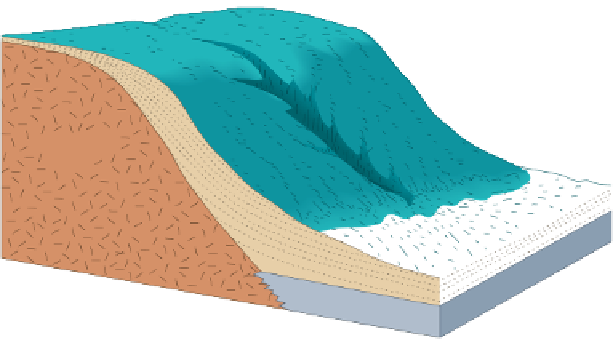



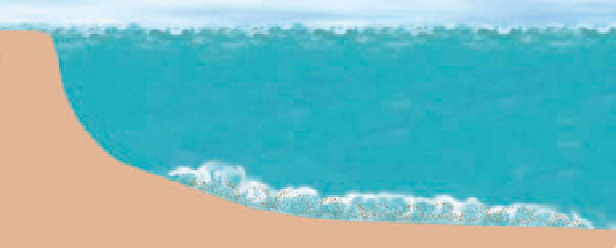














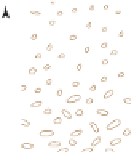
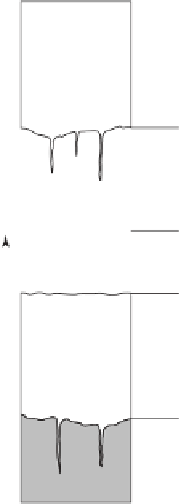
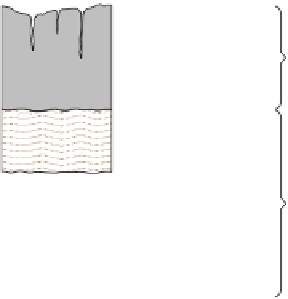








Search WWH ::

Custom Search